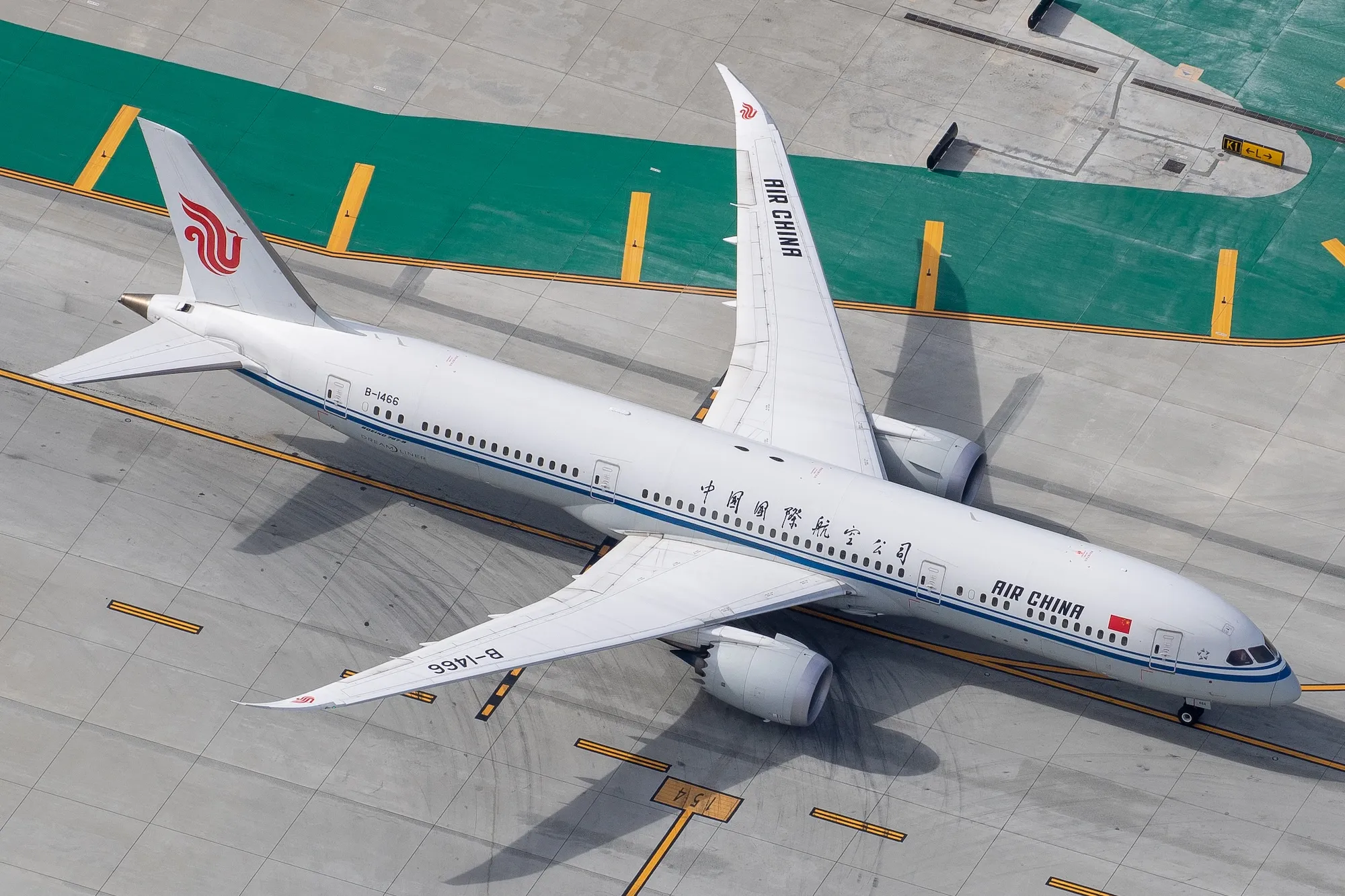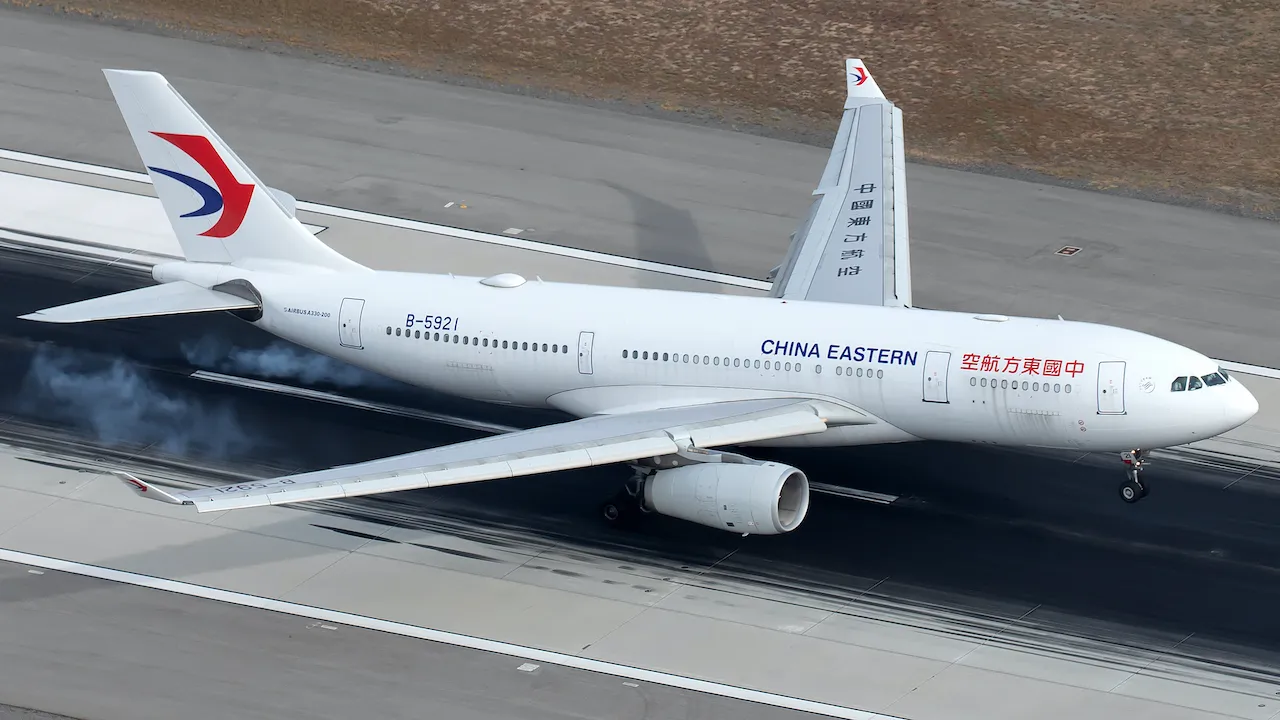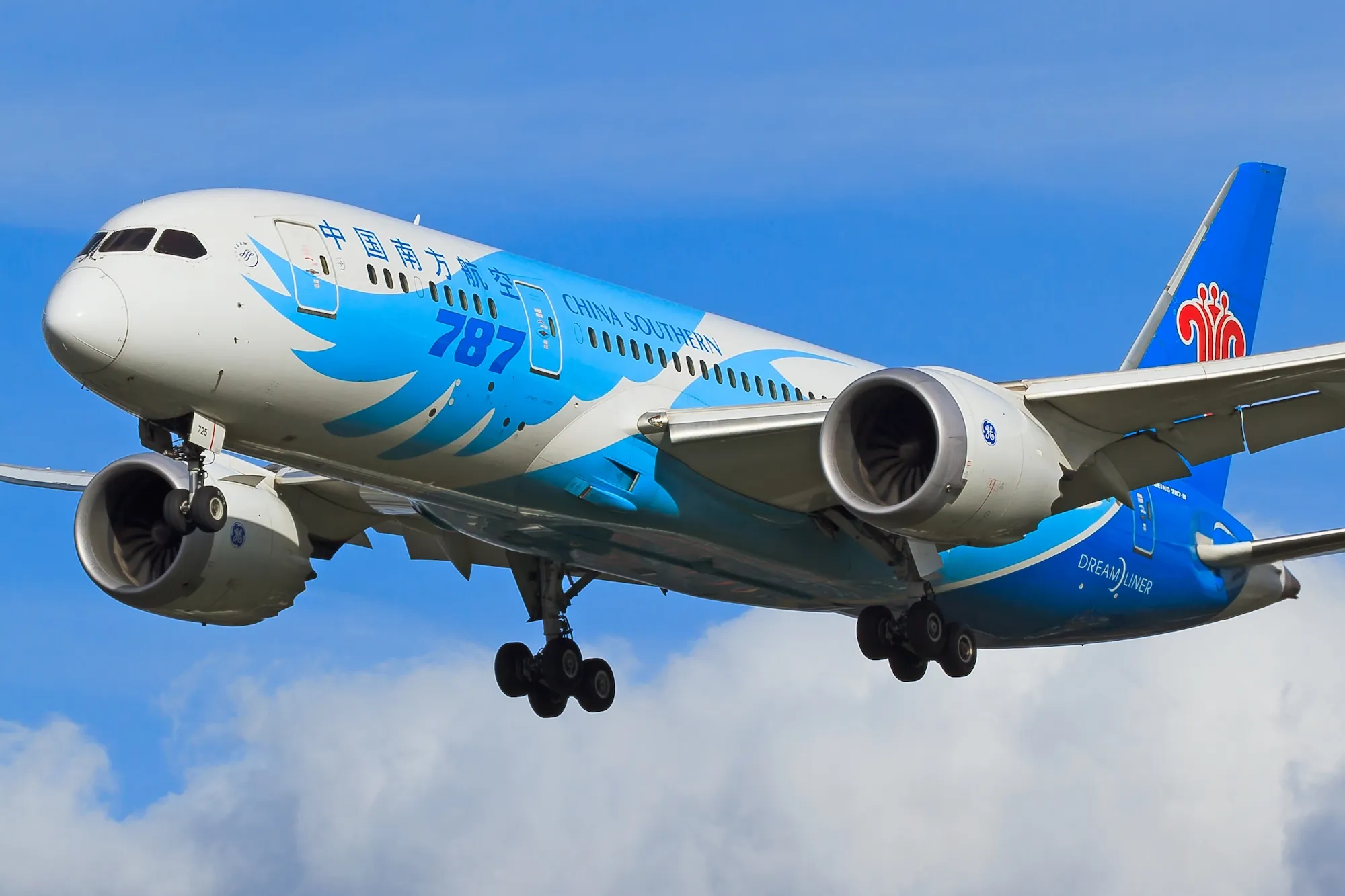CHINA— China’s major state-owned airlines—Air China (CA), China Eastern (MU), and China Southern (CZ)—are bracing for yet another half-year of financial losses in 2025.
Despite signs of recovery in domestic travel, the numbers show things are far from stable overall. According to a report by Flight Global, all three carriers released profit warnings ahead of their first-half financial results, and the forecast does not look very promising.
China Southern, in particular, expects a deeper net loss this time, between CNY 1.34 billion and 1.76 billion (around US$187–246 million), compared to a CNY 1.2 billion loss for the same period last year. Meanwhile, both Air China and China Eastern are anticipating slightly smaller losses compared to last year. Still, no one’s posting profits just yet.
Not Just About Travel Demand
These losses aren’t simply because people aren’t flying. Domestic traffic has been relatively strong throughout 2025. The real problem, according to all three airlines, is a mix of larger macroeconomic and geopolitical issues.
Currency fluctuations, particularly the weakening of the yuan, have made things difficult for international operations. Geopolitical tensions, slower economic growth, and cautious business travel trends also continue to weigh down performance. And fuel costs, though slightly more stable than in 2023, still bite into margins.
China Southern Hit Hardest
China Southern (CZ), the biggest in fleet size among the three, is the only one bracing for a more profound loss this year compared to the same time last year. Both Air China and China Eastern are predicting their losses will shrink, but CZ's forecast shows the opposite: a year-on-year rise.
The airline cites weaker cargo performance, a decline in international yields, and increased pressure from currency exchange losses as the primary reasons. So even if their overall loss might not be the largest, the fact that things are worsening adds extra weight to their challenges.

Air China, China Eastern Narrow the Gap
Air China (CA) is forecasting a net loss between CNY 1.7 billion and 2.2 billion (US$238–308 million), which would still be better than its CNY 2.8 billion (US$392 million) loss in the first half of 2024.
China Eastern (MU) is predicting a similar reduction, expecting losses between CNY 1.2 billion (approximately US$168 million) and CNY 1.6 billion (approximately US$224 million). Even with the narrowing losses, neither airline is out of the woods.
First-quarter 2025 reports already showed ongoing struggles. Air China posted a loss of CNY 2.04 billion (US$286 million) in Q1, while China Eastern and China Southern reported losses of CNY 995 million (US$139 million) and CNY 747 million (US$105 million), respectively.
International Markets Still Slow
One of the key reasons for the continued drag on earnings is the underperformance of international routes. While Chinese carriers have been increasing flights to Europe and other long-haul destinations, the yields just aren’t keeping up. According to the Financial Times, the capacity between China and Europe was 18% higher in late 2024 than it was in 2019. Much of that was because Chinese airlines can fly over Russian airspace, unlike many Western carriers.
But even with that edge, low fares and soft demand from business travellers are keeping profits out of reach. Airlines are flying more but not necessarily earning more.

State-Owned but Not Immune
Being state-backed hasn’t made the Big Three immune to market pressures. The slow rebound in global travel, paired with broader geopolitical shifts, has put them in a tough spot. China’s economy is still growing, albeit at a slower pace than in previous years, and this is translating into more conservative travel spending both within and outside the country.
At the same time, the cost of maintaining large international networks without strong returns has led to tightening budgets. The carriers are reportedly focused on improving aircraft utilization, streamlining operations, and cutting costs where possible, although these efforts haven’t been enough to push them back into profitability yet.
What Happens Next?
Unless there’s a significant turnaround in international demand, it appears that the losses may continue into the second half of the year. Analysts suggest that the carriers should reconsider their route strategies and perhaps focus more on partnerships or code-sharing to alleviate operational pressure.
In the meantime, domestic travel remains a bright spot, helping to cushion the blow. However, until the global picture improves, China’s Big Three appear to be stuck in a pattern of flying but earning less.
Stay tuned and keep following Airways. Follow us on LinkedIn and Instagram for the latest updates as well!



.webp)
